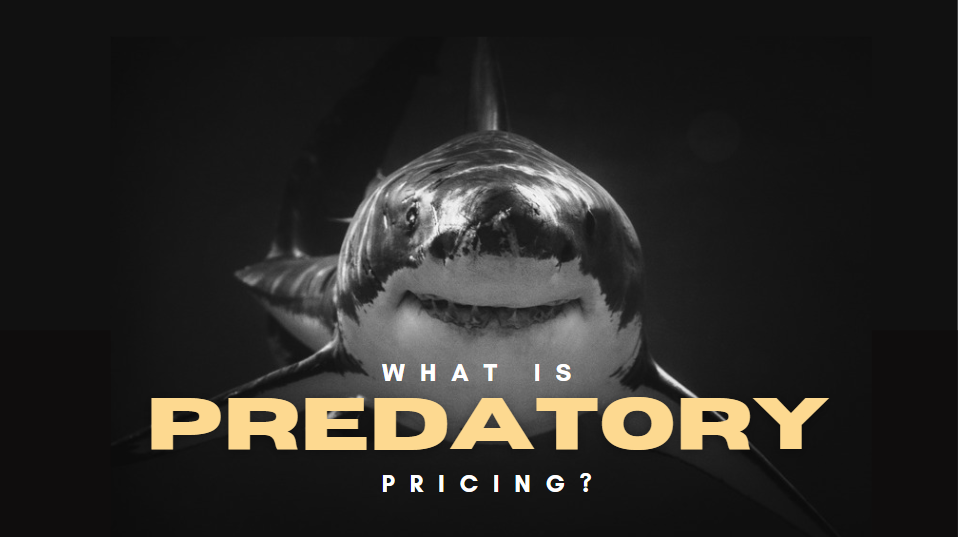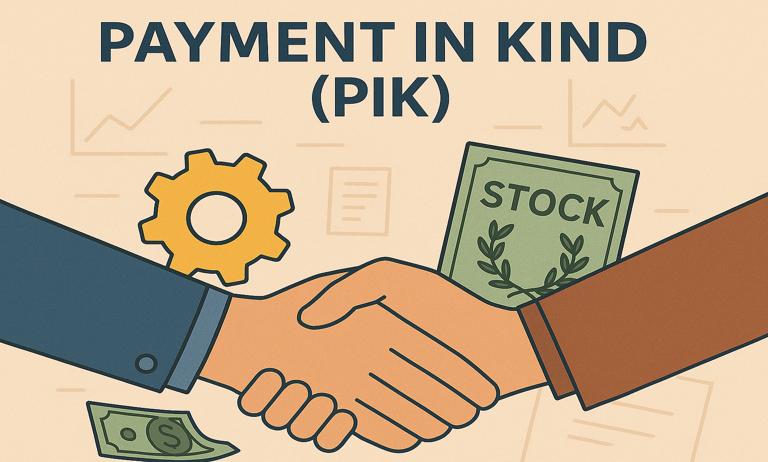So, What Exactly is Predatory Pricing?
In simple terms, it’s when a company sets its prices way below what’s considered normal to push competitors out of the market. At first, this might sound great for consumers who get lower prices, but the real goal is to establish a monopoly. It is often employed by new entrants, as penetrative pricing. It aims to establish a foothold in the market by offering competitive prices, thereby building a customer base and earning their trust in the brand. Once established as a monopoly, the company can eventually raise prices leaving consumers with limited choices. Such practices exercised by any company may leave a significant long-term impact on the market thereby reducing overall competition. In numerous instances, it has posed a threat to existing businesses and even caused smaller players to exit the market.
Over the past years, many companies have taken advantage of this practice that helped them to rapidly scale the businesses and build substantial customer goodwill and brand value over time. Though financials do see losses during the initial years, businesses have even managed to achieve high market valuations due to intangible assets.
Let’s understand better with examples
In 2012, Flipkart, India's leading e-commerce platform, adopted an aggressive pricing strategy, selling products below cost to attract customers and establish trust in the growing online market. Despite incurring significant losses, Flipkart's sales skyrocketed from ₹199.75 Crores in FY 2012-13 to ₹9,351.75 Crores in FY 2015-16. However, the Assessing Officer (AO) questioned whether these losses should be treated as operational expenses or investments in intangible assets like brand value and customer loyalty. Flipkart defended its strategy, arguing that short-term losses were necessary for long-term growth and market share acquisition. The AO, after analyzing Flipkart's business model, concluded that the company's pricing strategy was a part of the broader plan to create intangible assets that would yield long-term benefits. This included building brand recognition and customer goodwill, which justified classifying the costs as capital expenditure. As a result, Flipkart could claim depreciation on these intangible assets at a rate of 25% under tax laws. This case underscores the growing importance of aggressive pricing strategies in e-commerce, demonstrating how such tactics can be seen as investments in long-term brand value and market dominance, with significant implications for tax treatment and business valuation.
In 2017, Bharti Airtel, one of India’s largest telecom companies, raised concerns with the Competition Commission of India (CCI) about Reliance Jio Infocomm Ltd. (RJIL), which is backed by Reliance Industries Ltd. (RIL). Airtel accused RJIL of using predatory pricing strategies. Since its launch in 2016, RJIL had been offering free services such as unlimited voice calls, data, and messaging, shaking up the telecom industry. Airtel argued that RJIL’s pricing was unsustainable, claiming it was intentionally set below cost to drive out existing competitors. The concern was that RJIL, with the financial support of RIL, could afford these losses for a long period, eventually establishing a monopoly by forcing other companies out of the market. RJIL defended its approach, stating that it was simply using promotional offers to establish its presence in a competitive market. The company emphasized that its goal was to attract customers and build a subscriber base, not to harm competitors.
The CCI concluded that RJIL was not engaging in anti-competitive behavior because of Lack of Dominance. Despite its growth, RJIL did not hold a dominant position in the telecom market, as it was competing with established players like Airtel, Vodafone, and Idea. Legal Precedents for this case: The CCI referred to past rulings where aggressive promotional offers were not deemed anti-competitive unless sustained for an extended period with clear anti-competitive intent. RJIL’s limited time offers did not meet these criteria. Ultimately, the CCI found no violation of competition laws by RJIL.
At the core of the issue was whether RJIL had achieved dominance in the market for 4G LTE services. If so, did its pricing tactics constitute an abuse of dominance? The case raised important questions about how aggressively new market entrants can disrupt established industries while maintaining fair competition. This case stresses the challenges regulators face in balancing innovation and competition, especially when disruptive pricing strategies are used by new players. The outcome would have far- reaching implications for how competition is regulated in the Indian telecom sector.
In 2009, Amazon engaged in a price war with Diapers.com, an online retailer of baby products. By slashing diaper prices, Amazon made it impossible for Diapers.com to compete, leading the latter to sell to Amazon's parent company, Quidsi. This strategy, where Amazon took losses to gain market share, sparked concerns about predatory pricing. Critics argue that such tactics harm smaller competitors and reduce overall market competition, raising questions about fairness in the marketplace.
Similarly, Uber! Entering the ride-sharing market, Uber has faced accusations of predatory pricing. By offering fares lower than traditional taxis, Uber quickly built a large customer base that led to the closure of many taxi services unable to compete. While some view Uber's pricing model as innovative, others argue it threatens fair competition and could lead to monopolistic control over urban transportation. Uber’s strategy has disrupted local markets, showing how aggressive pricing can push competitors out, impacting both businesses and workers.
Walmart has faced accusations of using predatory pricing, especially in the 1990s, to drive smaller retailers out of business. A key example was in 2003 when it was fined for selling gasoline below cost in Texas to eliminate competitors. While this pricing strategy offered consumers lower prices, it raised concerns about Walmart's impact on local businesses and market competition. Critics argue that while shoppers benefit in the short term, smaller businesses struggle to survive, reducing market diversity and hurting competition in the long run.
Microsoft faced allegations of predatory pricing with its Windows operating system, selling the software below cost to push out competing systems. This led to a landmark antitrust case where Microsoft was found guilty of anti-competitive practices, resulting in fines and changes to its business approach. The case highlights how predatory pricing can harm competition and lead to serious legal consequences. The list is endless, so is the impact.
The Impact on Small Businesses
For smaller companies, predatory pricing can be a real struggle. They often can’t compete with such low prices, leading to fewer options for consumers and less innovation in the market. When these small businesses disappear, the market becomes less diverse, and we all lose out in the long run.
What’s Being Done?
In India, predatory pricing is prohibited under the Competition Act, 2002, which aims to protect consumers and ensure fair competition. The Competition Commission of India (CCI) has been actively involved in addressing cases where predatory pricing threatens local businesses and larger corporations alike.
Takeaway
Jio’s entry into the telecom market, initially seen as a non-dominant player, which in turn disrupted the industry with aggressive pricing that changed the game. This raises important questions about how effective our competition policies really are.
As we look ahead, it’s crucial for regulatory bodies like the CCI to investigate not just dominant companies but also those employing aggressive pricing strategies, even if they aren’t considered dominant. Protecting small businesses is essential for maintaining a healthy competitive market.
Kirti Gupta
Financial Analyst








